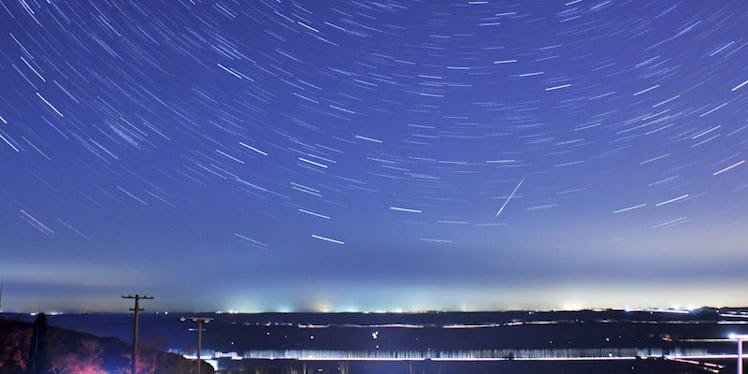
Hundreds Of Shooting Stars Lit Up The Sky Last Night And The Pics Are Magical
It's January, so you've probably given up alcohol, locked your wallet in the safe and holed yourself away with TV. I'm right there with you, pal.
But Mother Nature provided a spectacular show last night that was 100 percent free (but I bet you still missed it because you were three hours into your Netflix binge).
It was a meteor shower called the Quadrantids.
The shooting stars come every year around December 28 to January 7. However, they're barely visible at either end of these dates. The best time to catch them was last night, on January 3.
If you didn't -- tough luck, I hope the Netflix marathon was worth it, you giant loser. But don't worry, people with big cameras and a love for long exposure settings were out and about catching the magic in action.
Now Instagram is awash with awesome pics from last night's shower, so prepare to go, "OOOO, AAAHHH."
Some lucky people in the northern hemisphere saw between ten to 60 meteors per hour, and sometimes that number can jump to 120 an hour.
The peak shower session lasts six hours.
No one usually raves about the Quadrantids because they're hard to see and commonly missed, so the conditions have to be right. And when they are, like in some parts of America last night, the results are stunning.
The meteors produce impressive streams of fire as they shoot across the sky.
They come from asteroid 2003 EH1, which is believed to be an extinct comet. It is thought the comet is linked to another one that circles the Sun every six years.
NASA meteor expert Bill Cooke said,
It was either a piece of a comet or a comet itself, and then it became extinct.
The showers were first observed back in the 1820s and Mother Nature has stayed saucy ever since.